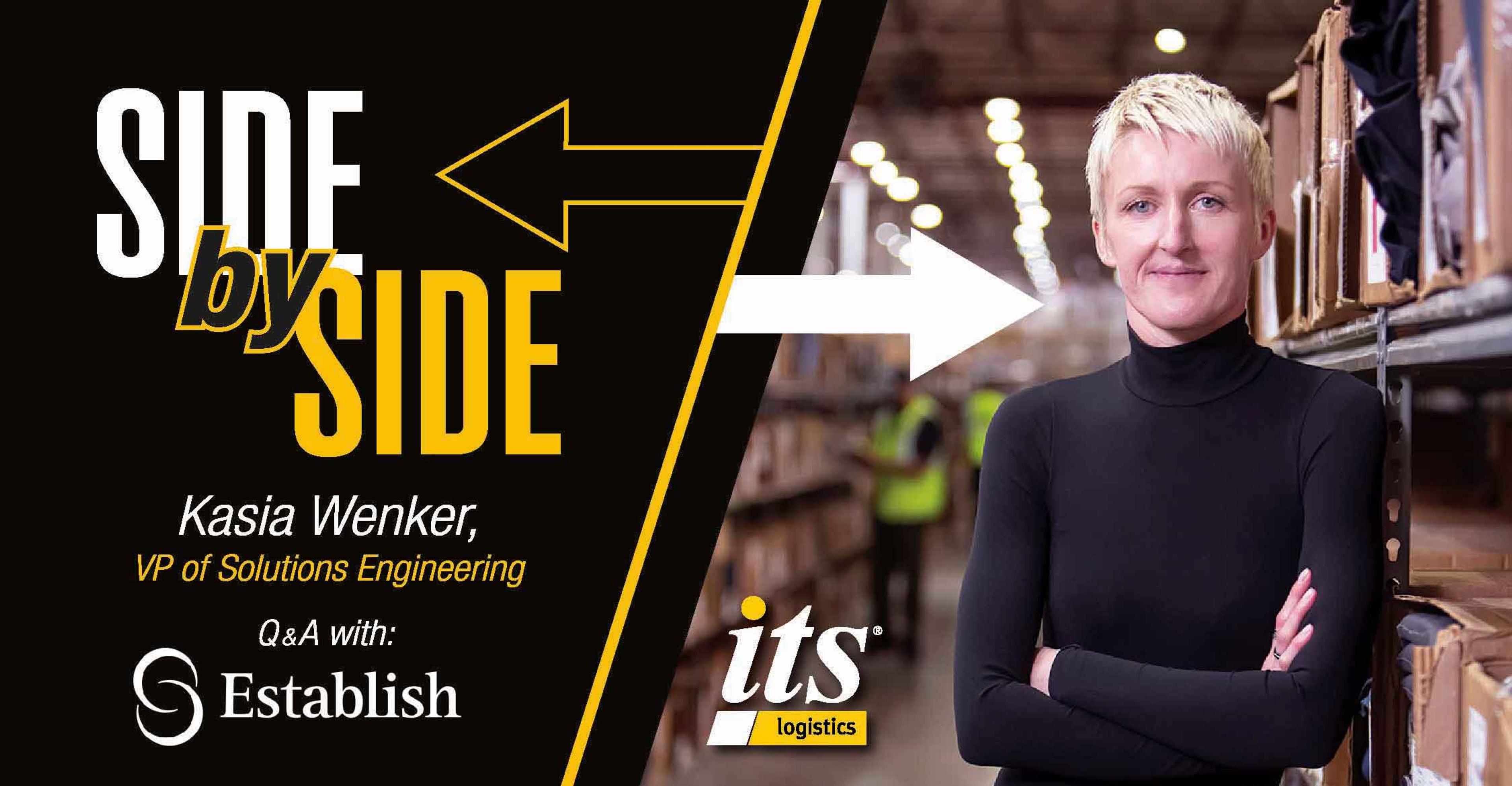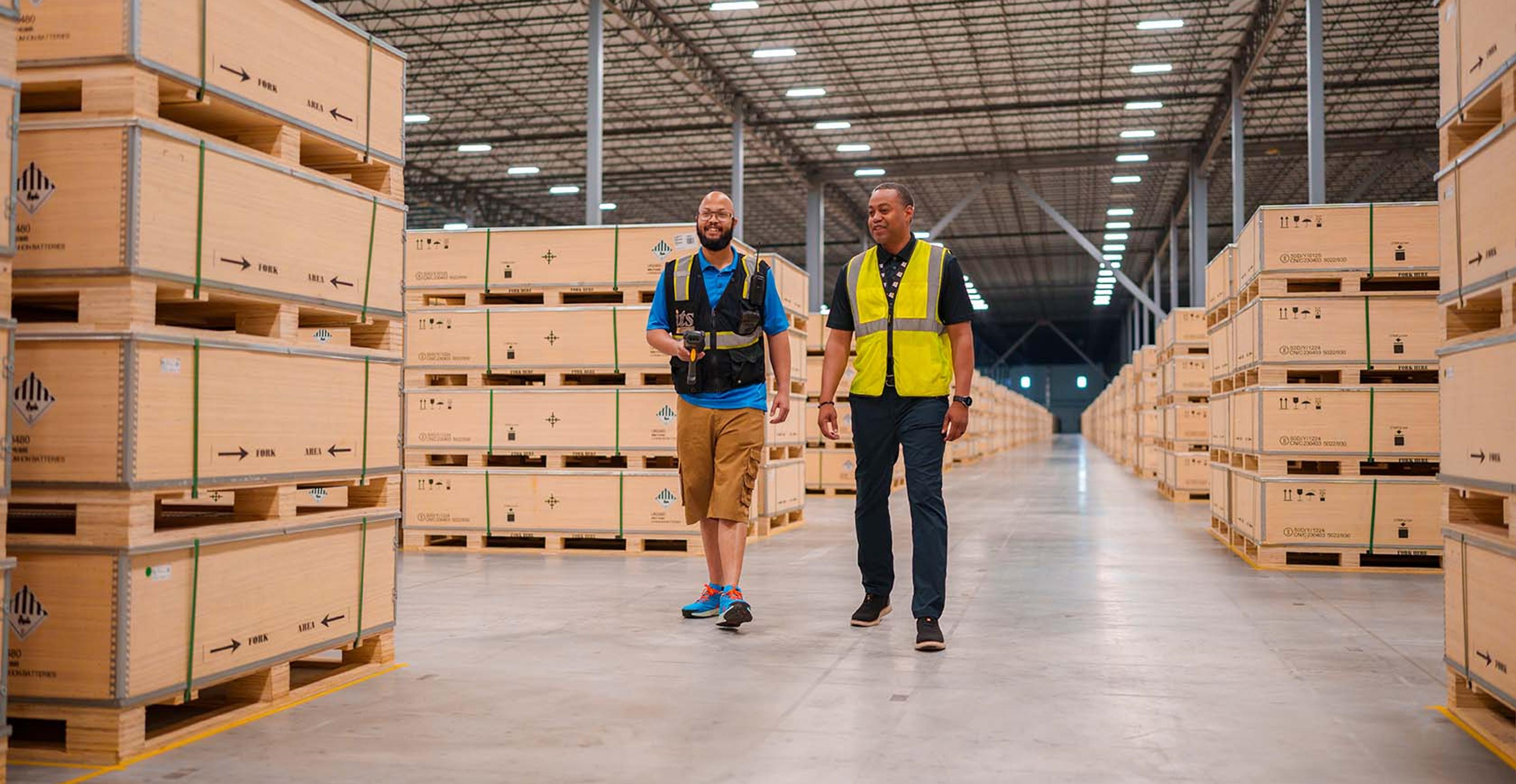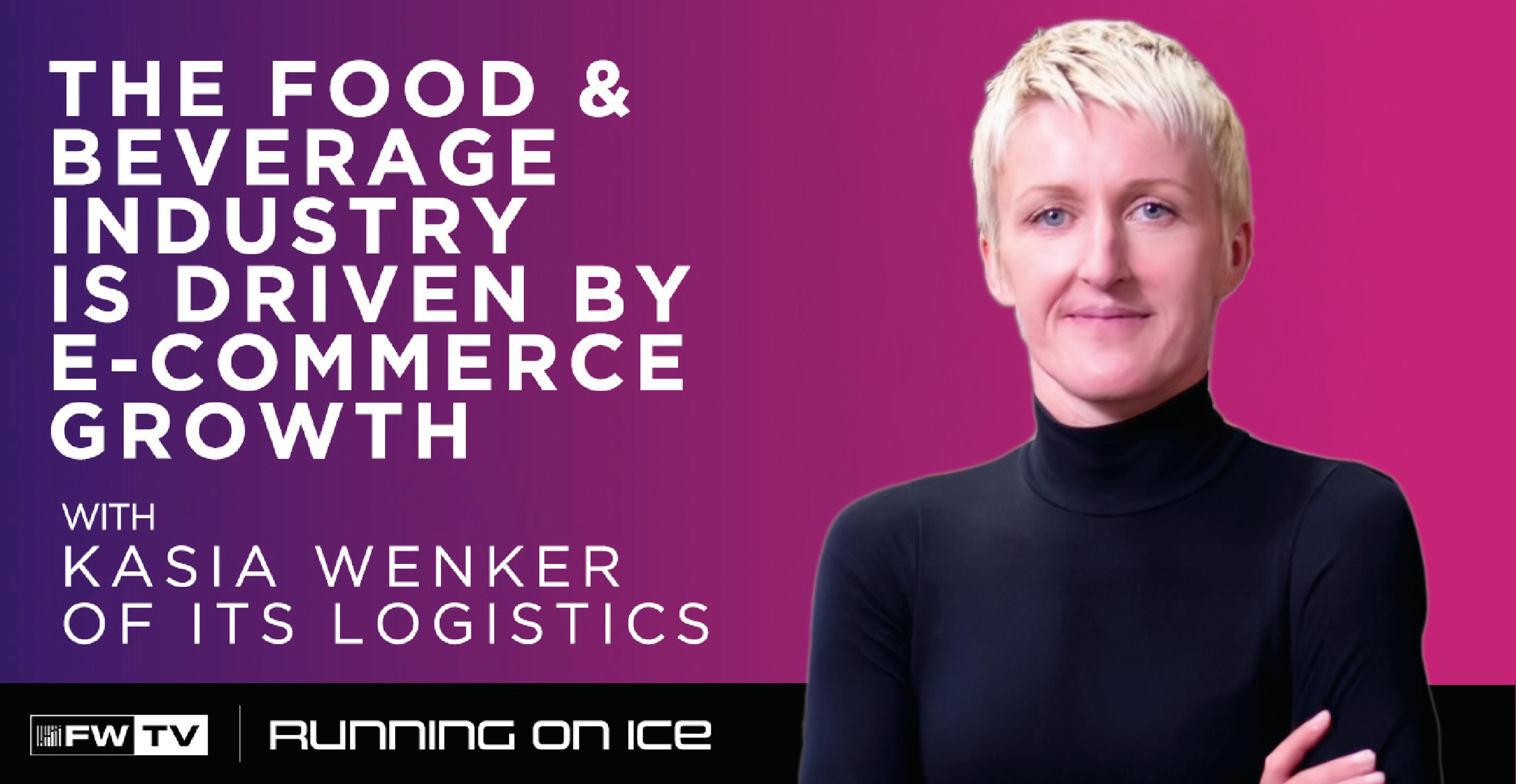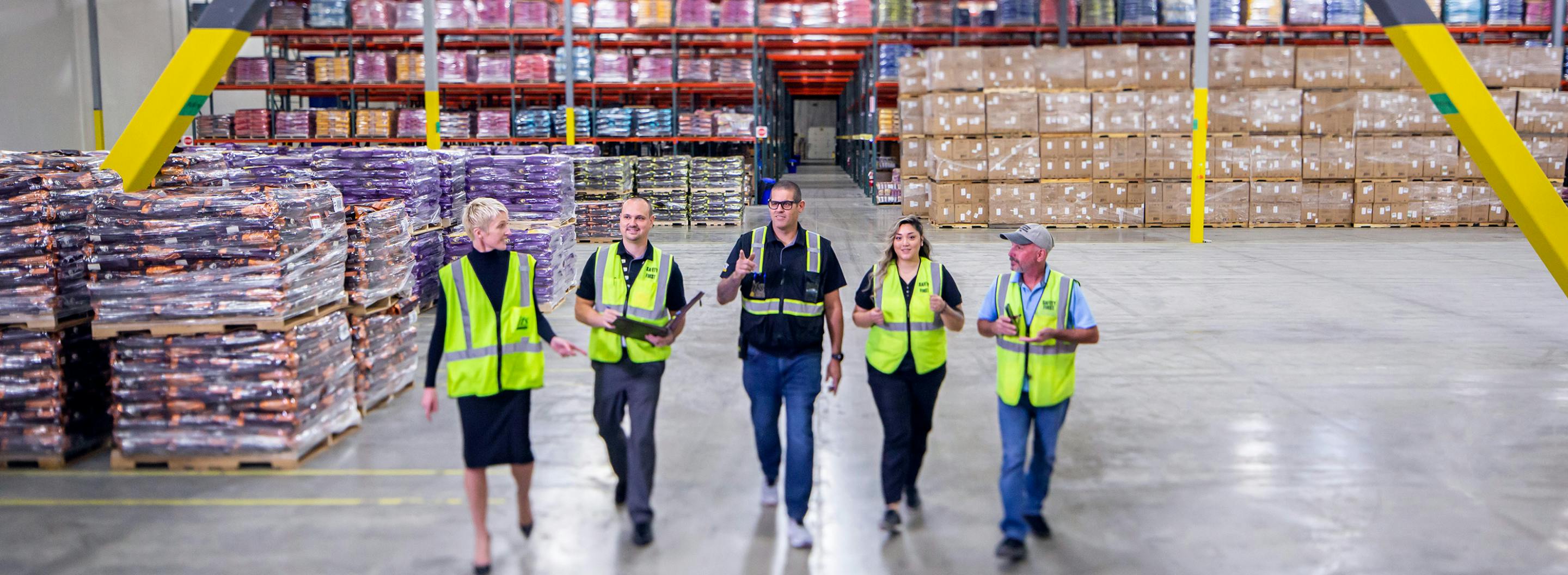Designing for Change—How Establish Rewrote the Rules of 3PL Alignment and Teamed Up with ITS Logistics

What does real partnership look like in supply chain? “Side-by-Side” dives deep into how different components of logistics link up to create stronger, more efficient operations. From new technology and innovative processes, ITS’s Kasia Wenker and her guests explore how they’ve found success through strategic collaboration.
Q&A with Establish Inc., a supply chain consulting firm offering specialized services in the optimization of the supply chain.
You help companies choose 3PLs. What’s the biggest myth in that process?
Sally Caputo, Head of 3PL Services: That it’s about matching today’s volumes to today’s rates. It isn’t. The right 3PL isn’t a vendor who can handle what is—it’s a partner built to adapt to what’s coming. Our goal is to match clients with providers who don’t just optimize cost—but preserve agility, reduce risk, and unlock optionality.
Why does network design often fail in the future?
Sally: Because most companies model it as backward-looking. Establish determines the baseline but also configures the future model with various scenarios in play, while typically network designs are configured for average demand under stable conditions. But volatility is the new baseline. We model networks for tension—what happens when volume spikes, customer behavior shifts, or packaging changes? ITS stood out because their facilities and leadership team think this way already: build for speed, flex, and reconfiguration.
What role does operational empathy play in selecting a 3PL partner?
Sally: It’s fundamental. We look for partners who don’t just execute transactions but understand consequences. Operational empathy means anticipating how a delayed inbound affects a retailer’s shelf, or how poor SKU mapping drives customer returns. It’s not about being reactive—it’s about being accountable and adaptive. We prioritize 3PLs that internalize their customer’s urgency, challenge assumptions constructively, and lead with a mindset of ownership. In today’s environment, empathy isn’t optional—it’s a performance differentiator.
Why did ITS Logistics emerge as a strategic partner?
Sally: ITS didn’t show up with a PowerPoint—they showed up with a mindset. Their readiness to co-engineer workflows, transparently build cost models, and flex across e-commerce, B2B, and Amazon SFP—from a single facility network—is amazing. And they didn’t confuse automation with scalability. They focused on clarity, control, and intelligent labor modeling.
What made this engagement different from a typical 3PL selection?
Sally: This wasn’t a bid. It was a design sprint. ITS behaved like a stakeholder—challenging assumptions, offering operational insight, and adapting in real-time. We didn’t compare spreadsheets—we stress-tested strategies. And what emerged wasn’t a contract—it was a shared blueprint.
What’s your message to executives caught between rising cost pressures and increasingly complex service expectations?
Sally: Stop trying to simplify complexity—structure it. Don’t just look for cheaper rates; look for partners who make your system smarter under pressure. The real ROI is measured in resilience. And resilience is built not by resisting change, but by designing for it from the start.



